Throwback Thursday: The Science of Simulation
From evaluating part, mold and process designs and improving mold cooling to reducing plastic part warpage and determining the best gate locations, simulation plays a key role. MMT has provided a series of articles on just these topics, which I thought I'd share.
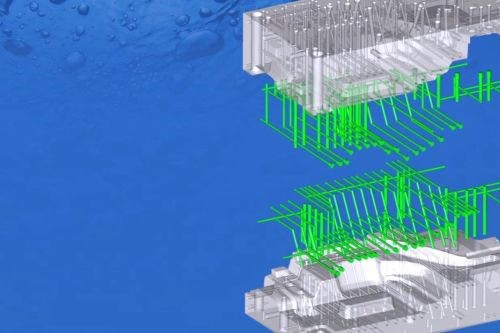
From evaluating part, mold and process designs and improving mold cooling to reducing plastic part warpage and determining the best gate locations, simulation plays a key role. MMT has provided a series of articles, videos, presentations and webinars on just these topics, which I thought I'd share.
Tim Lankisch of CAE Services, a provider of MoldFlow analysis services, has worked with MMT and Amerimold over the years to bring readers answers to many mold and molding questions through his expertise and knowledge of simulation technology solutions and strategies.
Tim has tackled using simulation to bias your mold and reduce warpage, using simulation to predict high-conductivity insert performance, considerations and trade-offs when determining proper gate locations with simulation, which helps all stakeholders make a sound decision based on the priorities of the project, using cooling simulation to circuit your cooling lines properly, using simulation to determine the right valve gate sequence, and using simulation to control flow in your injection molds.
He has also conducted webinars on why plastic parts warp and how to achieve optimal cooling through analysis.
Revisiting this content will be worth your while.
Related Content
-
Tolerancing in Mold Design, Part 1: Understanding the Issues of Conventional Bilateral Tolerancing
Mold designers must understand the location, orientation and form limitations of conventional tolerancing before changing to another dimensioning system.
-
Leading Mold Manufacturers Share Best Practices for Improving Efficiency
Precise Tooling Solutions, X-Cell Tool and Mold, M&M Tool and Mold, Ameritech Die & Mold, and Cavalier Tool & Manufacturing, sit down for a fast-paced Q&A focused on strategies for improving efficiencies across their operations.
-
How to Manage Wall Thickness Changes in Your Mold Design
To ensure even filling and cooling, consider wall section transitions, corners and fillets, ribs and bosses, lip and rim designs and CAE flow simulation software.




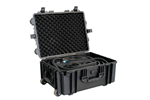
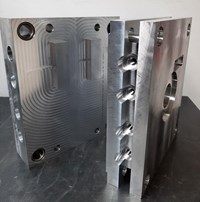
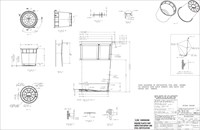
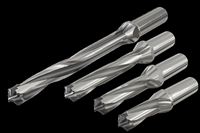


_300x250 1.png;maxWidth=300;quality=90)



.png;maxWidth=300;quality=90)

